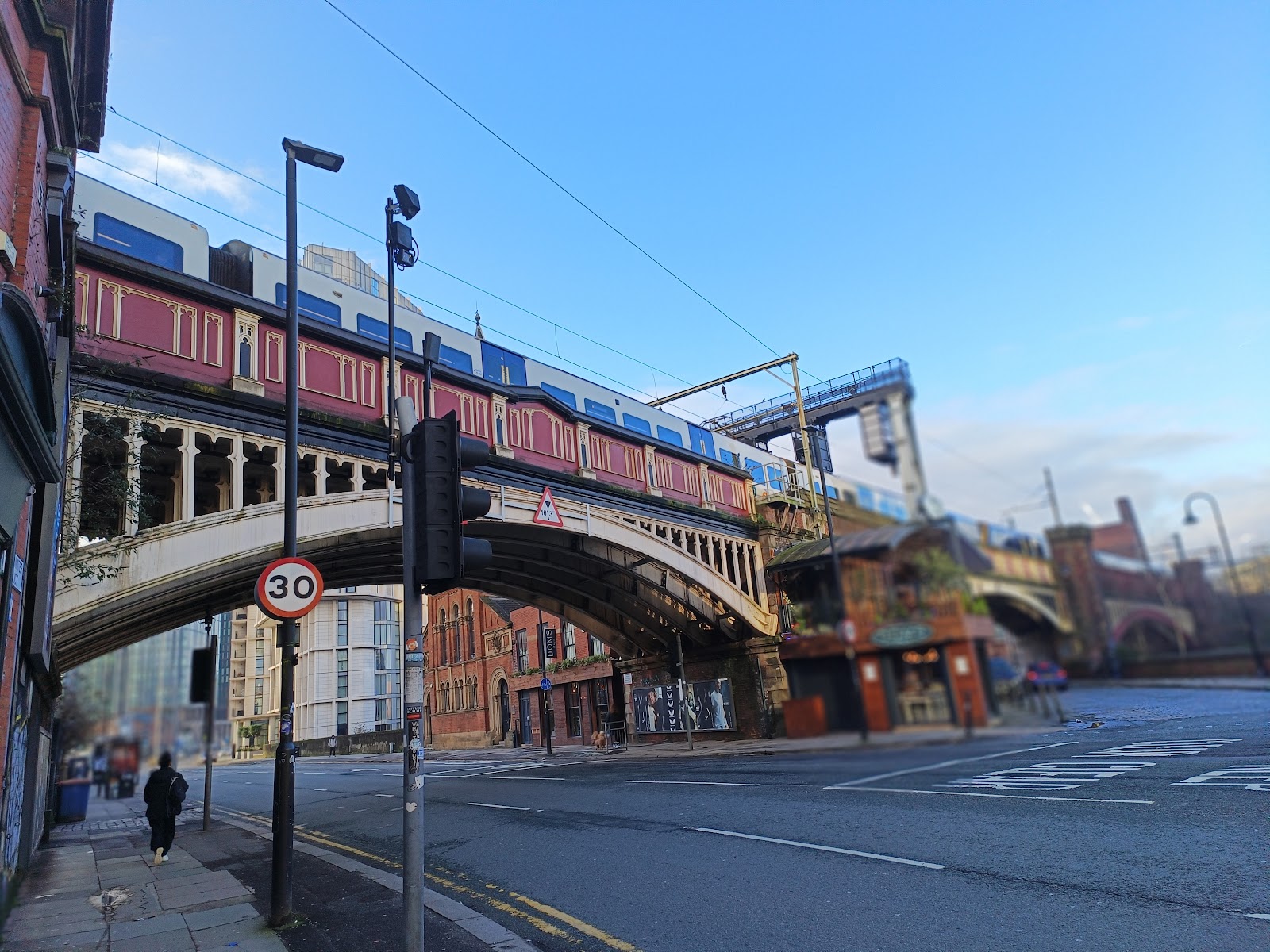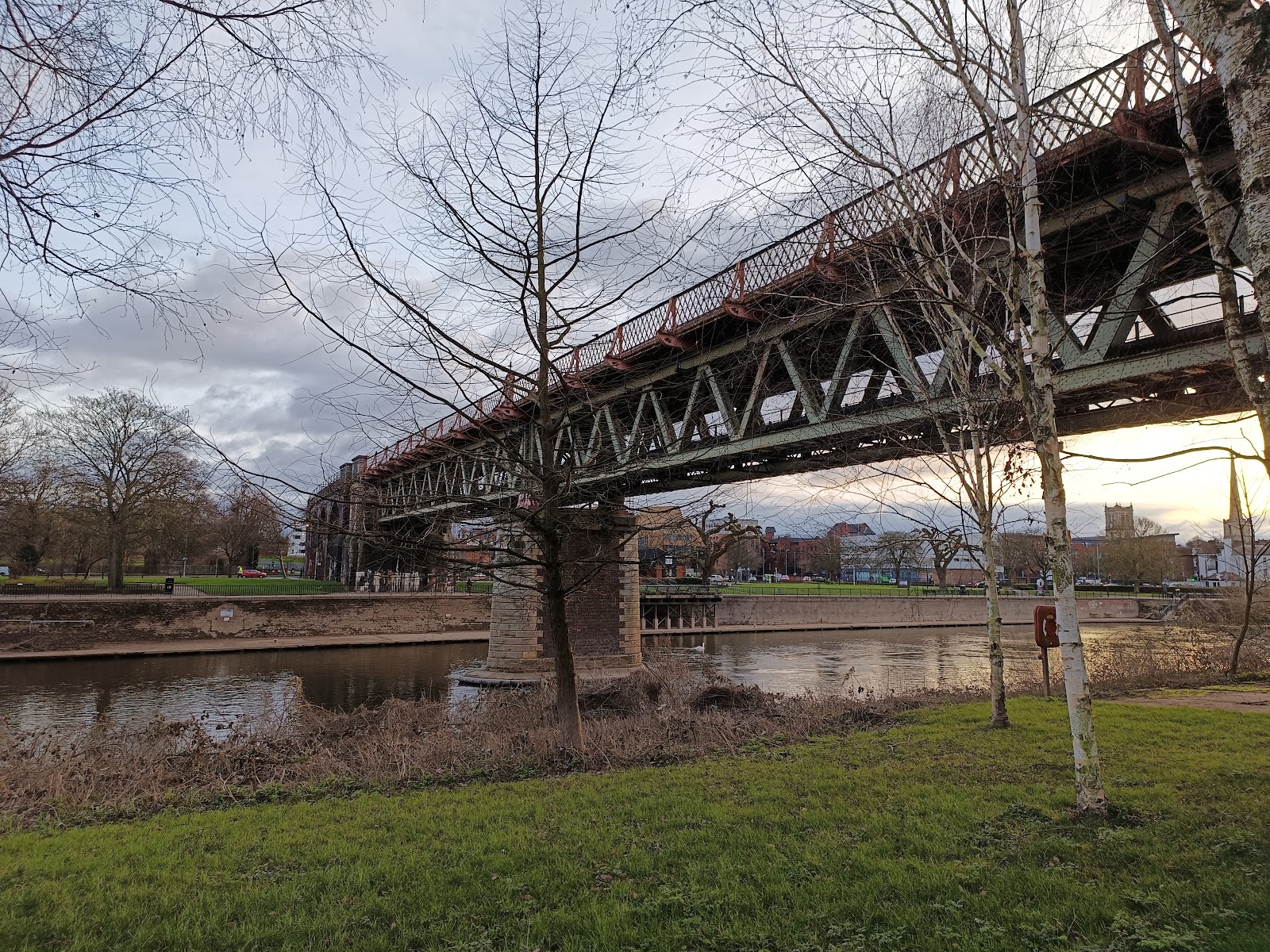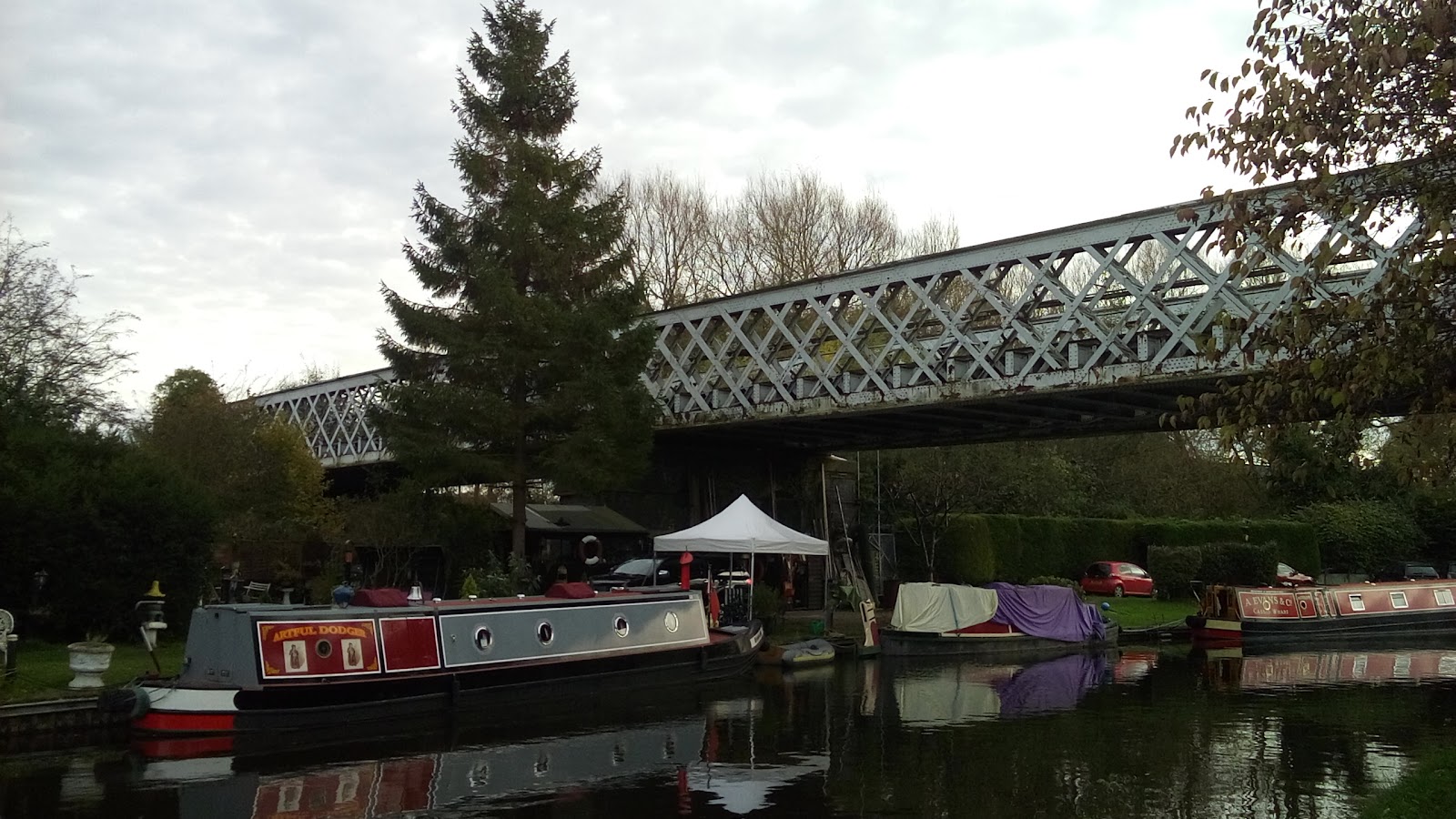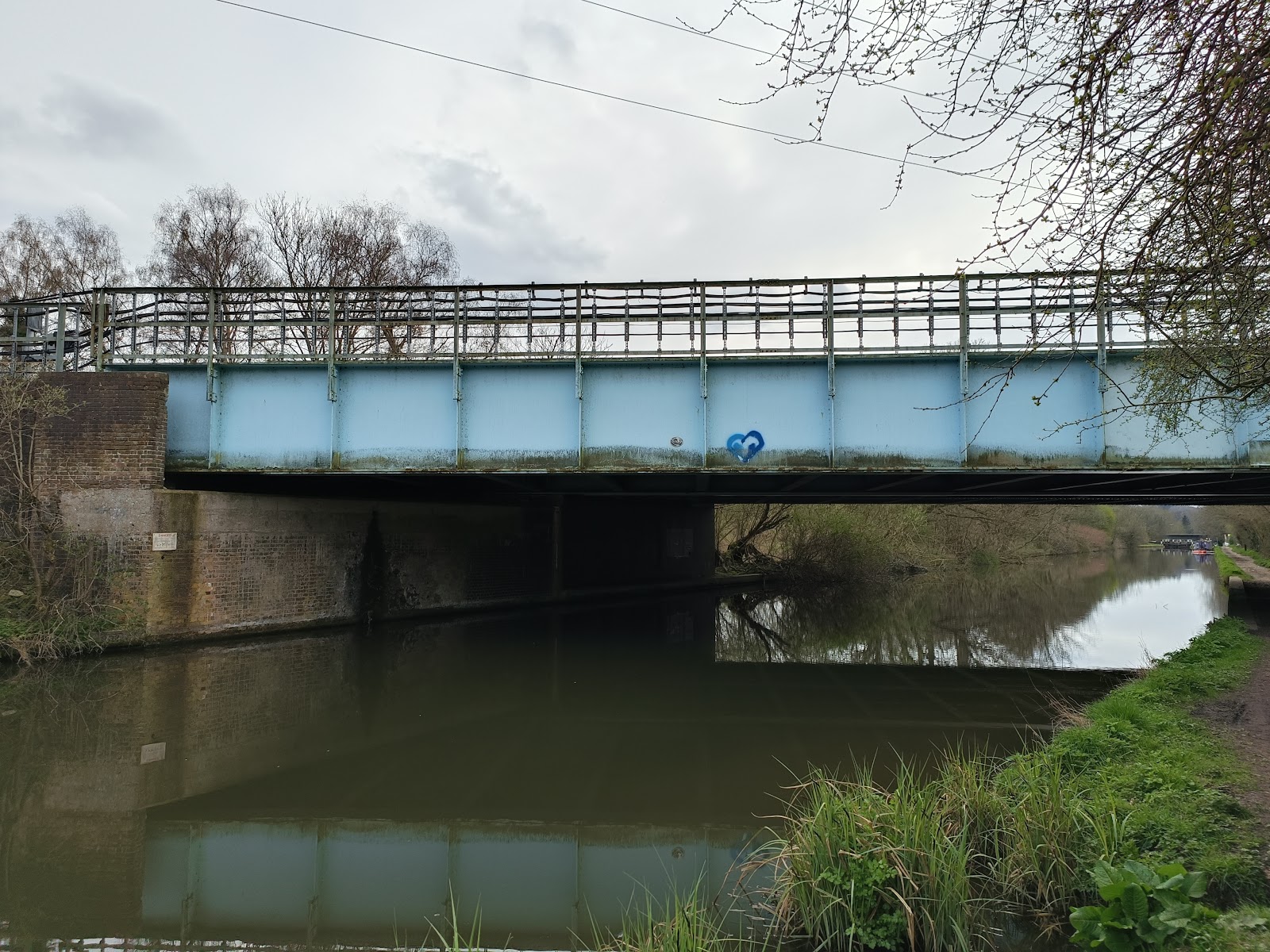Iron and Steel Bridges
This page is basically just images of real bridges!
Iron Arch Bridge
Manchester
Truss Bridge
Worcester
This is notable as the rail runs over the top of the truss (so it is a deck truss bridge), rather than through the middle of it. I am not sure which variant is more common, but on models it is definitely the through version!Lattice Girder Bridge
Also known as a lattice truss bridge in the US, they were popular from around 1848 to 1910 (to judge from the list on Wiki). This is a type of truss bridge, but here the webs form overlapping crosses.
Preston
This first example is an extension to an existing bridge with the WCML crosses the Ribble in Preston.
This image shows how the iron work continues beyond the pilaster.
Blackburn
The second example is just west of Blackburn station. It is also a bridge that has been extended - I am not sure side which was there first.
Croxley Green
This railway is now closed, but the bridge is still there. A better example, in my view, as the diagonals cross more.
From underneath.
Note that the two spans do not meet. This will be to allow for expansion.
Leeds
This is not a railway, this is where Whitehall Road crosses the River Aire.
Plate Girder Bridge
In a plate girder bridge, the top chord, bottom chord and web and combined into one single piece. They are very common across the whole country, and date from around 1890.
Preston
The ELR bridge over the Ribble is an impressive example.
It replaced an older structure in about 1930. I think the older bridge was an arched iron bridge.
Half Through Plate Girder Bridge
Leeds
So many bridges, they get their own page.
Entwistle
This road bridge is just south of the station.
And also.
Steel Girder Bridges
Whalley
Just a little west of the village. The first image allows you to see the "I" girders that take the weight.
These two were built by the Metropolitan Railway
Random notes
Iron and steel have a coefficient of expansion of between 10 and 12 mm per km per °C. A 100 m long bridge that changes from -10°C to +40°C will expand by 50 to 60 mm (brick and stone are comparable).























Comments
Post a Comment